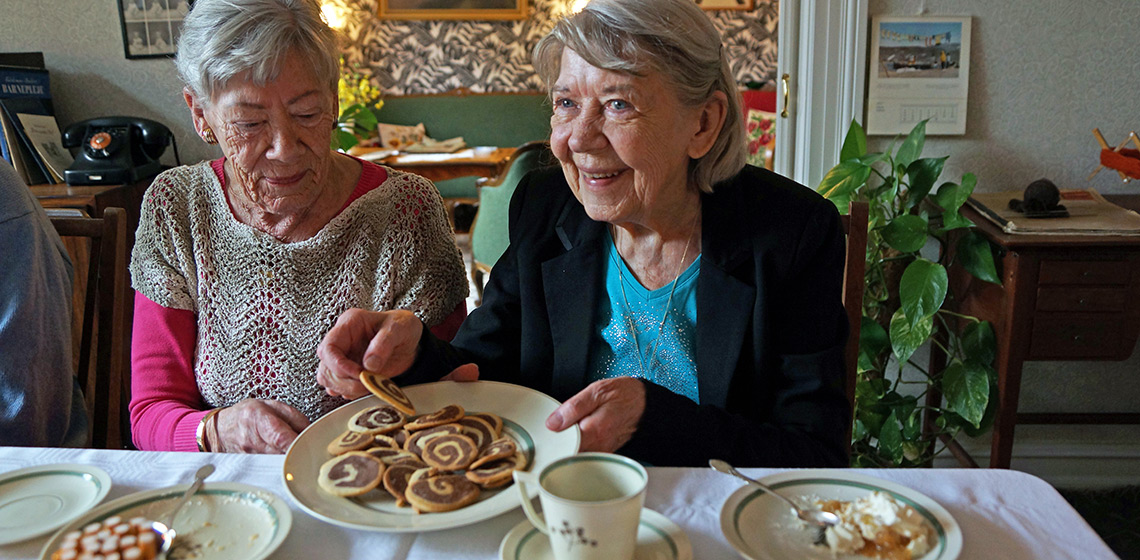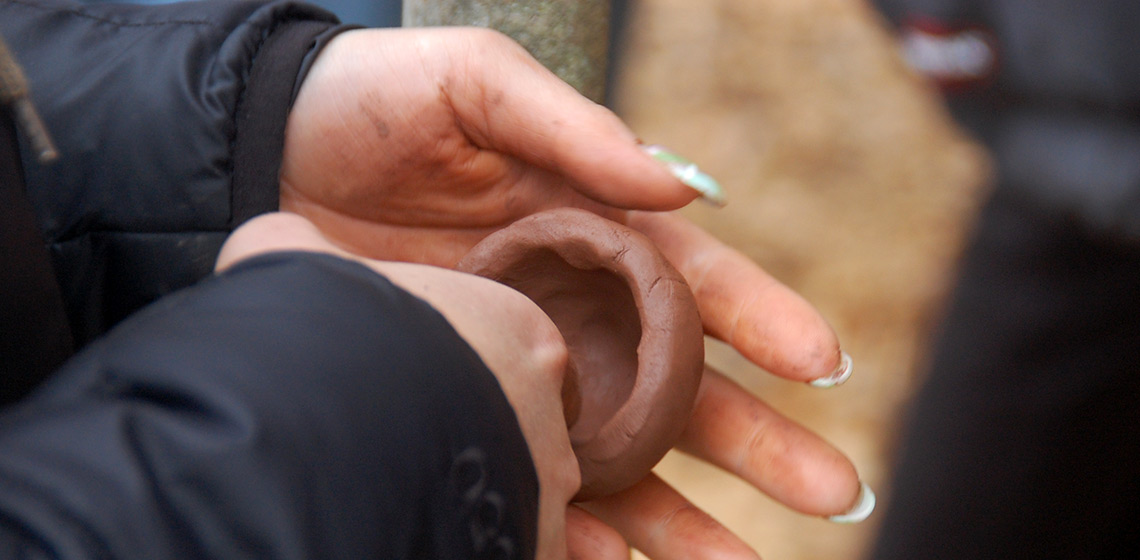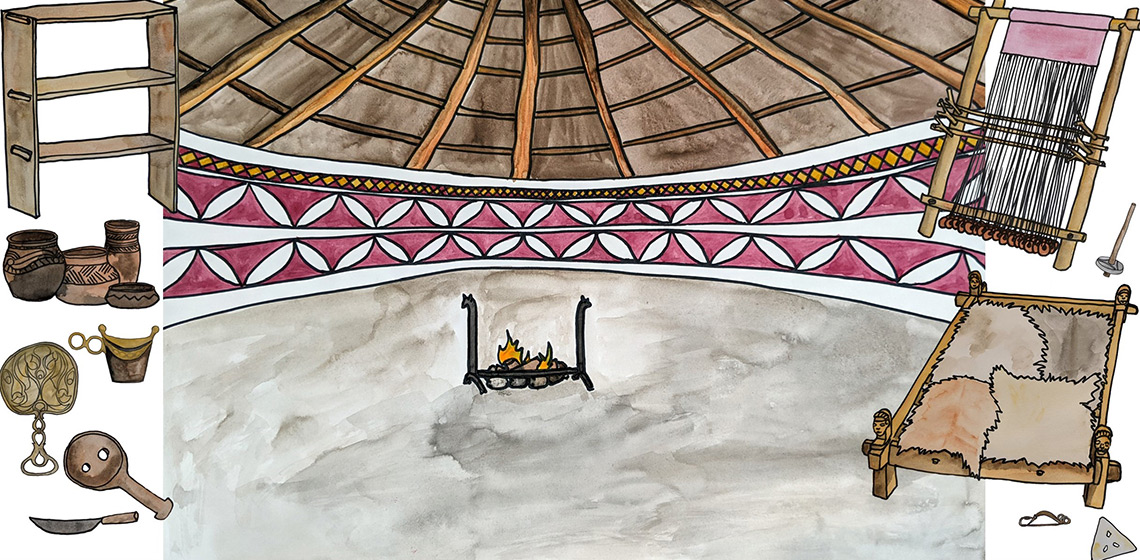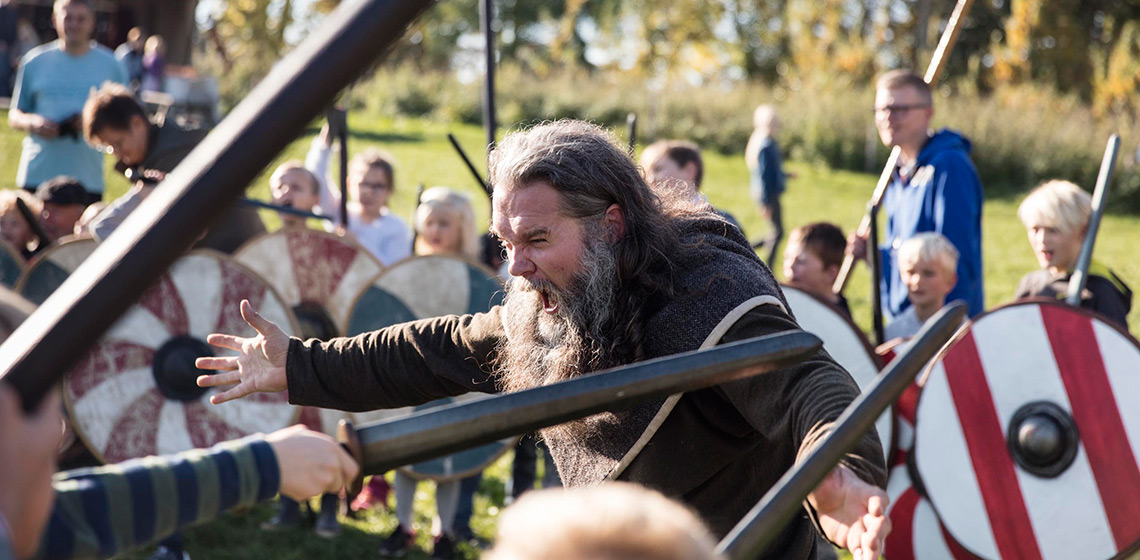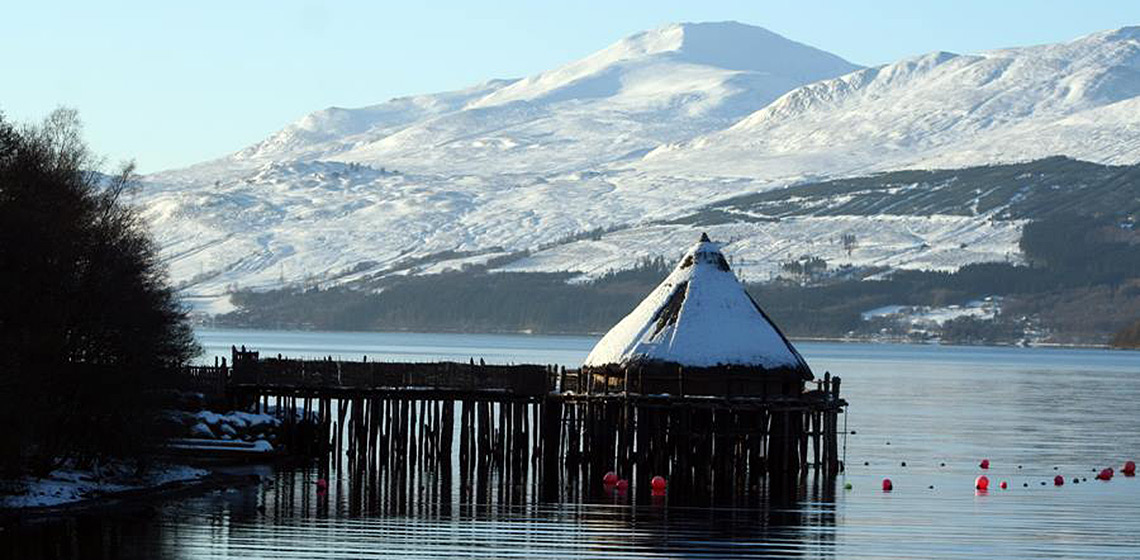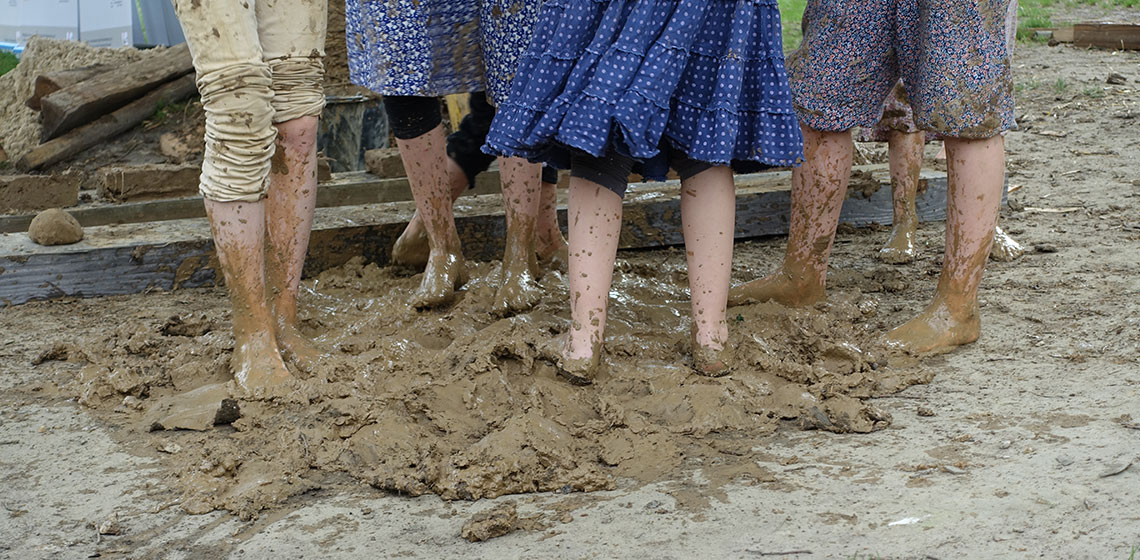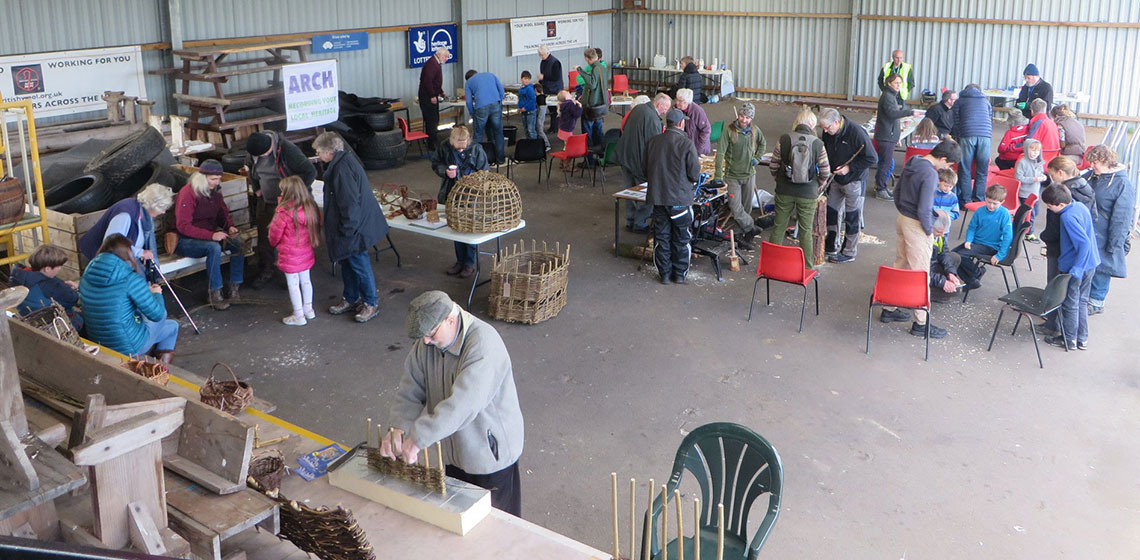“I’m really sorry my wife is not here today. She thinks I’m off my head.” How Open-air Museums can Create Programmes for People Affected by Dementia - Examples from Den Gamle By (DK)
Introduction
In 2012, Den Gamle By opened the ‘House of Memory’, accomodation specially furnished for sessions with people affected by dementia. It is a three-room apartment with accessibility for wheelchair users, a functional toilet and kitchen, two living rooms, a hallway and a bedroom. As collaborating partners, memory researchers from Aarhus University and the Department of Health and Care at Aarhus Municipality assisted with their knowledge.

